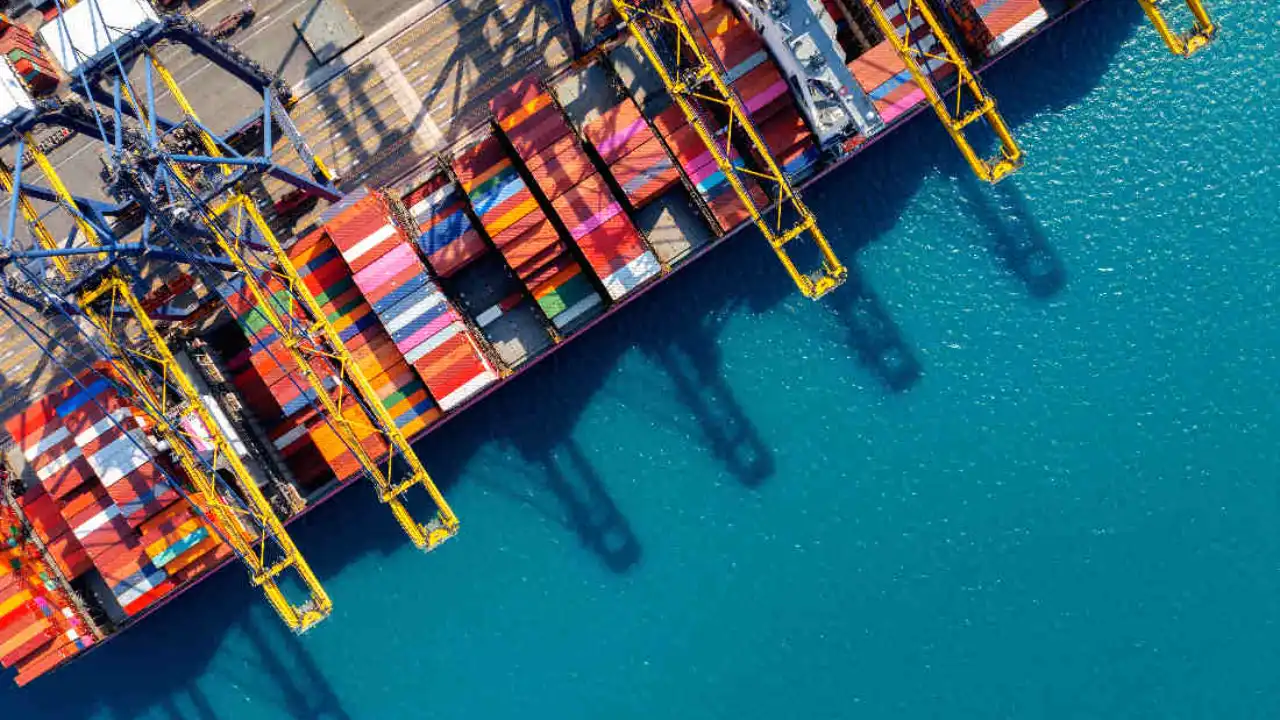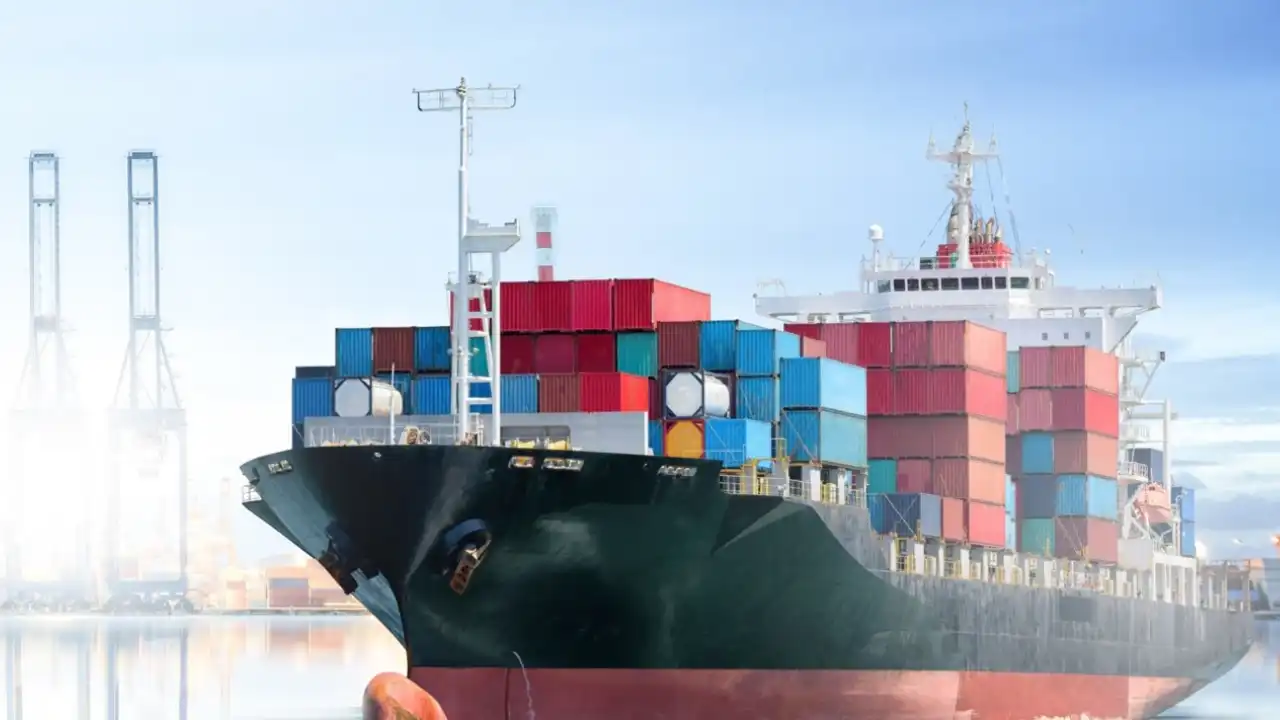Sea freight is a crucial backbone of global trade, providing an array of flexible and economical solutions for moving goods across vast oceans. Whether you’re dispatching a solitary pallet, transporting hefty bulk cargo, or handling unique specialized items, sea freight opens the door to customized options that cater to the diverse and dynamic needs of every business. With its ability to traverse international waters, sea freight not only facilitates commerce but also connects markets and cultures around the world.
Details of Sea freight
In this article, we will embark on an insightful journey through the diverse world of sea freight services. From the robust Full Container Load (FCL) option, where entire containers are dedicated to your cargo, to the versatile Breakbulk shipping, which handles individual pieces of cargo, we’ll leave no stone unturned. We’ll also explore the innovative Ro-Ro (Roll-on/Roll-off) shipping method, perfect for transporting vehicles and wheeled cargo with ease. By understanding these options in depth, you’ll be empowered to choose the most efficient and cost-effective solution for your shipping needs. Join us as we navigate the vast ocean of logistics and uncover the best strategies to streamline your cargo transportation.

Different Types of Sea Freight Services
1. Less-Than-Container Load (LCL) Freight
LCL is ideal for businesses shipping smaller quantities of goods that don’t fill an entire container. In this method, multiple shipments from different shippers are consolidated into one container. However, longer transit times are common due to the need for consolidation and deconsolidation. Additionally, the shared container space increases the handling of goods, which may lead to a higher risk of minor damages.
Advantages: Cost-effective for smaller shipments, allow access to international shipping without needing a full container, environmentally friendly due to shared container space.
Ideal For: Small and medium-sized businesses, non-urgent shipments, E-commerce products.
2. Full-Container Load (FCL) Freight
FCL involves renting an entire container for a single shipment. This is the preferred method for businesses with large volumes or high-value goods. The faster transit times and reduced handling points make it highly secure. However, higher upfront costs and the need to fill an entire container can be challenges for smaller businesses.
Advantages: Faster transit times with fewer handling points, Enhanced security and reduced risk of damage, Cost-efficient for high-volume shipments.
Ideal For: Bulk commodities, Fragile or high-value goods, and Time-sensitive shipments.
3. Bulk Cargo Shipping
Bulk cargo shipping is used for transporting unpackaged goods such as grains, coal, and minerals. These goods are loaded directly into the ship’s hold rather than containers. While this method is highly cost-efficient for large quantities, it requires specialized handling and ships tailored to the cargo type.
Advantages: Highly cost-efficient for transporting large quantities, Suitable for homogenous goods, Reduces packaging costs.
Ideal For: Agricultural products, Industrial raw materials, Energy resources (e.g., coal, oil).
4. Roll-On/Roll-Off (RoRo) Shipping
RoRo shipping is designed for transporting vehicles and machinery that can roll onto and off the vessel. This eliminates the need for disassembly, making it cost-effective and time-saving. However, RoRo shipping is limited to goods that can physically roll onto the vessel and requires specialized port infrastructure.
Advantages: Simplifies the transportation of vehicles, Eliminates the need for disassembly, Cost-efficient for large-scale vehicle shipping.
Ideal For: Cars, trucks, and buses, Construction and agricultural machinery, and Recreational vehicles.
5. Refrigerated (Reefer) Shipping
Refrigerated shipping is used for transporting perishable goods that require temperature-controlled environments. The higher operational costs associated with refrigeration are justified by the ability to maintain product freshness and compliance with food safety standards.
Advantages: Maintains product freshness, Meets food safety standards, Suitable for sensitive goods like pharmaceuticals.
Ideal For: Fresh produce and frozen foods, Pharmaceuticals, and Chemicals requiring controlled temperatures.
6. Specialized Cargo Shipping
Specialized cargo shipping involves handling unique goods that require tailored solutions, such as oversized items or hazardous materials. The higher costs and need for expertise are offset by the peace of mind and compliance assurances this service provides.
Advantages: Customized solutions for unique shipping needs, Compliance with safety regulations, Ensures safe transit of high-value or sensitive goods.
Ideal For: Heavy machinery and industrial equipment, Hazardous materials, Luxury items, and live animals.
How to Choose the Right Sea Freight Option

Selecting the most suitable sea freight option depends on several factors. This guide will walk you through the considerations to help you choose the best sea freight option for your business needs.
-
Shipment Size:
The volume of your shipment often determines whether you should opt for which services. Smaller shipments may benefit from LCL, while large volumes are ideal for FCL or bulk shipping.
-
Type of Goods:
The nature of your cargo determines the type of container or shipping method required for example Perishable or sensitive items require reefer or specialized shipping.
-
Budget:
Cost is a critical factor in determining the viability of your shipping option. You should Assess the most cost-effective way by comparing different options.
-
Delivery Time:
Timeliness can make or break your business operations, especially for time-sensitive shipments for example a retailer preparing for a seasonal sale might prioritize FCL for faster delivery, while a non-urgent inventory replenishment can rely on LCL.
-
Destination:
The availability of ports, infrastructure, and local logistics support impacts the efficiency of your sea freight. You need to ensure the destination port can handle specialized shipments (e.g., reefer or oversized cargo) or verify the availability of inland transport options for onward delivery.
Conclusion
In conclusion, a comprehensive understanding of the diverse types of sea freight services is not merely beneficial, but absolutely essential for the strategic optimization of any global supply chain seeking to thrive in today’s interconnected marketplace. Whether a business opts for the exclusive utilization of Full Container Load (FCL) services for large-volume shipments demanding dedicated space, the cost-effective consolidation afforded by Less than Container Load (LCL) services for smaller consignments, or the specialized handling capabilities of Roll-on/Roll-off (Ro-Ro) and bulk services designed for unique and often unwieldy cargo types, each distinct method presents a unique set of advantages tailored to specific logistical needs.
By meticulously considering a wide array of critical factors, including the precise nature of the cargo, the overall shipment volume, and the urgency of delivery, businesses can make informed decisions to select the most suitable sea freight service, thereby ensuring the efficient, reliable, and ultimately cost-effective transportation of goods across the vast expanse of the world’s oceans. This strategic and nuanced approach to sea freight, grounded in a deep understanding of its various service modalities, ultimately contributes to streamlined operational efficiency, enhanced supply chain resilience, and a significant competitive advantage in the complex and ever-evolving landscape of international commerce.
Ready to streamline your logistics with expert sea freight services? Contact Freight Emirates today and let us help you find the perfect solution to move your business forward.
FCL (Full Container Load) is for shipments that fill an entire container, while LCL (Less than Container Load) is for smaller shipments that share a container with other goods.
Ro-Ro (Roll-on/Roll-off) service is used for vehicles and other wheeled cargo that can be driven onto and off of specialized vessels
Bulk cargo services are used for transporting unpackaged goods like grains, ores, and liquids in large volumes, directly into the ship’s holds.


